The mobile app ecosystem has witnessed explosive growth from banking and shopping to entertainment and beyond. In the era of mobile dominance, where every click counts and attention spans are fleeting, app engagement is crucial for success.
Mobile apps boast higher conversion rates and engagement levels than their web counterparts. Mobile apps enjoy staggering 100-300% higher conversion rates than mobile-optimized websites. This unequivocally establishes mobile apps’ supremacy in capturing user attention and fostering deep engagement.
However, standing out from the crowd is challenging in a realm where app saturation is the norm. The challenge lies in crafting a captivating user experience that compels users to choose your app over the many alternatives and downloads that they make.
Here’s a glimpse into what app downloads (and your competition) looks like: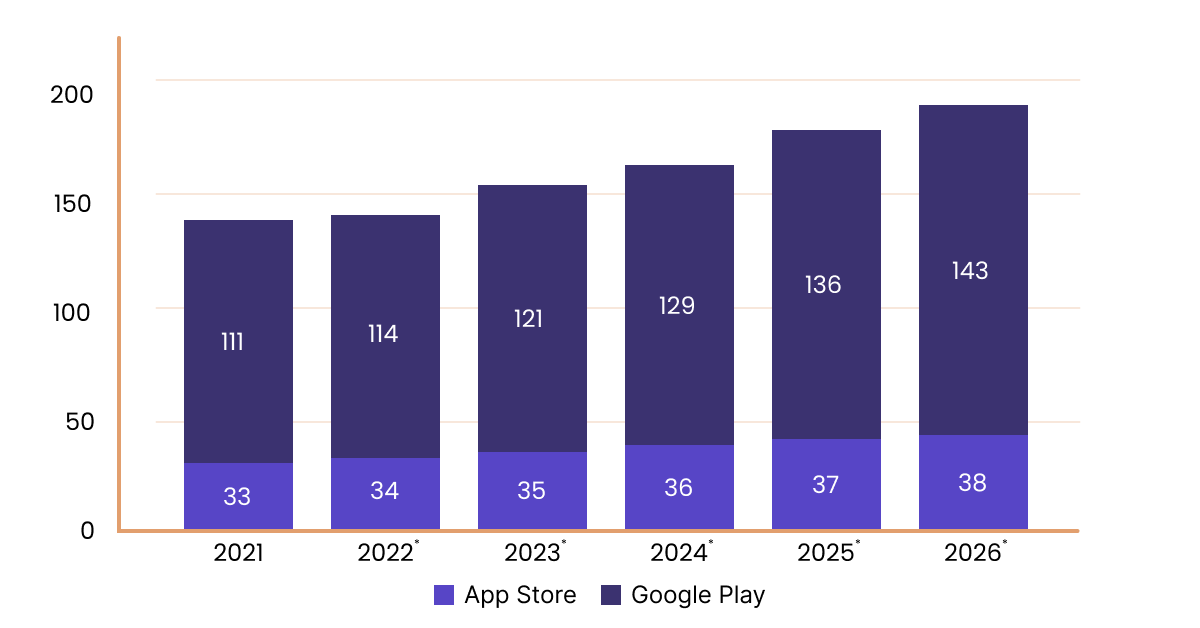
Shifting the focus from mere user acquisition to a holistic approach centered around user engagement is imperative.
In this blog, we will address how to drive app engagement during the great Indian monsoon and leverage the opportunity that comes with it.
What is mobile app engagement and why is it important?
Mobile app engagement comprises users’ interactions and involvement with an app. It is how a user spends time on an app and the resulting success of a business from this usage.
From app exploration and feature immersion to transactions and recurrent usage, a robust app engagement strategy drives user retention, augmented customer lifetime value, and amplified revenue streams.
Mobile app engagement is about how users spend time with an app and how often they can’t get enough of it —it’s the secret to mobile app success! When users are hooked, they engage consistently with the app.
Engaged users spend time and money on the app’s products and services, bringing revenue. They also spread the word about the app to their friends. That’s organic growth which is crucial for any business.
Here’s a glimpse into what the industry-wise average for user engagement looks like:

Different mobile app engagement ideas for industries
According to a study in the US, 40% of revenue comes from returning or repeat customers. But that only happens when a customer remains engaged with your business – in this case your app.
In fact, 71% of app users churn within the first 90 days of downloading an app, which eventually leads to losing customers to a competitor. That’s exactly focusing on user engagement is a must – even when the monsoon feels too gloomy for it.
Here are some ideas for different industries to boost mobile app engagement during the monsoons:
1. Entertain your users
Monsoon is when people prefer to cozy up indoors and seek entertainment. While entertaining or educating your users is applicable across industries, this is where we think media and entertainment, and gaming apps have the perfect opportunity to shine.
Imagine that when it is raining, you provide your customers with monsoon-themed challenges, rain based playlists, binge-worthy TV shows, and limited-time discounts. All of these capture the monsoon essence and cater to users’ desires to keep themselves engaged.
In the example below, you can see how Pokemon Go leverages the weather for interesting in-app features. The graphic on the app changes based on the weather in your location and affects the game as well.
They also encourage users to play outside only when it is safe to do so and provide extra incentives with features like ‘incense’ to play right from home without wandering in the rain.
Food is also a big part of leisure activities. McCain got tapped into this consumer preference with a dedicated rainy season campaign. Their monsoon ads are designed to capture how the audience feels when it’s pouring outside – both through copy and creative. They even saw a 200% increase in their click-through rate and 27% incremental reach for the brand.
2. Suggest shopping online
The monsoon season brings with it a whole new level of shopping possibilities.
There are two aspects to this. Firstly, people don’t want to go out and shop in weather that pushes them to be indoors. While indoors and possibly bored, they will resort to online shopping.
Secondly, the monsoon season brings up the need for rainy weather essentials. This includes
umbrellas, raincoats, sweaters, and boots.
This is the perfect time for ecommerce and D2C brands to seize the opportunity and offer exciting deals. They can create a sense of urgency with seasonal offers that will push customers to make a purchase.
You can one up this strategy by leveraging WebEngage’s product recommendations and catalog feature that allows you to look into past behavior and current interactions with your apps to send out personalized messages that are bound to bring back users!
In the example below, you can see how the pet care brand Heads Up For Tails markets raincoats for pets during the monsoon season.
3. Encourage travel plans
When the monsoon season hits, people look for getaways to escape the humid weather. This is where travel and hospitality apps come in. They can create monsoon-themed content, highlight destinations at their best scenic during the rains, and offer special monsoon discounts.
Brands can tap into the customer’s wanderlust and anticipation and encourage them to explore new places. You can also use previously booked packages or browsing behavior to recommend travel plans that suit their budget and preferences, using push notifications to bring them back to the app.
You must also make the booking process seamless and convenient to engage users well. Users should be able to book hotels, flights, and activities with just a few taps. By curating unique travel experiences and making them accessible to users, these apps can become their go-to platforms for monsoon adventures.
In the example below you can see how this hotel leverages monsoon season to provide exciting offers and the tagline “Rainy days ask for a vacation.”
4. Leverage category affinity
The monsoon season will also result in a shift in what consumers are looking for. Look for category affinity patterns to understand what they’re looking for, what has their interest and what you can potentially offer to them.
For example, the automobile sector can leverage the monsoon season well too. People might prefer staying in, but they can’t always do that. Be it work or for leisure activities, they must step out and public transport can often become challenging.
This is where automobile companies can highlight the advantages of owning a car during heavy rains. They can highlight the advanced safety systems, reliable performance on wet roads, and protection from rain. Additionally, exclusive deals and discounts can entice users to consider owning a car.
They can also collaborate with insurance companies for special monsoon insurance packages or ride-sharing apps for referral programs.
In the example below, you can see how Ford uses the rainy weather to show why users need a good car and how they are the right fit for this job.
5. Partner with brands for collaborations
Collaborative marketing during the monsoon season creates creative opportunities.
An in-demand custom-printed umbrella seller could collaborate with a raincoat or waterproof bag manufacturer. This cross-promotion yields better partnership opportunities, sales, and customer pricing options.
With such collaborations, they can reach a broader audience – brand awareness soars. Additionally, by sharing marketing resources, the collaboration allows for joint campaigns, exciting discounts, and loyalty programs.
6. Start conversations with in-app messages
In-app messages are like a direct communication line with users, delivering personalized and timely notifications. You can send important updates, personalized offers, and reminders within the app interface.
This creates a sense of exclusivity and keeps users in the loop. And with automation, you can set up triggers and actions that automatically reach out to users based on their behavior or specific events. Imagine sending a personalized discount coupon to a user slacking on purchases or reminding them about that abandoned shopping cart. It’s like having a personal assistant that knows exactly what customers need as they engage themselves in indoor activities.
The good thing about this strategy or user engagement idea is that any industry can make use of it!
In the example below, you can see how this push notification utilizes the weather to generate demand for their raincoats.
7. Gamify the usual interaction
Gamification has proven to be an effective tactic to boost user engagement across industries. By challenging a user to level-up or accomplish something more, businesses go beyond the usual discounts and reminders, tapping into consumer psychology.
For instance, during the monsoon season, edtech apps can seize the opportunity to engage more users through gamification features. While users spend time indoors, they also get a lot of free time. This creates the perfect setting to encourage them by sending notifications to try that new course or continue an old one to ‘get ahead’.
You could gamify it by making course completion a game that unlocks several exclusive rewards and points.
Through this, learners will be excited to climb new levels, earn coveted badges, or engage in friendly competition with their peers. The infusion of playfulness adds a layer of fun to the learning journey.
In the example below, the EdTech company Byjus uses a play on the rainy weather with a video that encourages learning with some fun.
8. Send personalized recommendations
Personalized recommendations are a hit across industries.
No matter what you offer or who your customer is, personalized recommendations will always show how closely you’re paying attention to their needs.
For example, BFSI apps can provide tailored recommendations based on user preferences, behavior, and financial goals. They can also utilize the monsoon season to send attention-grabbing notifications with phrases such as – save for a rainy day. It makes users’ user engagement more creative and contextual to how they’re feeling!
Alternatively, you can send users investment opportunities or insights on stocks that perform well during the rainy season.
In the example below, MasterCard shows a great play on words for their campaign for new cards with the tagline, “For a rainy day.”
Bonus tip: Tap into moment marketing
If you’re not entirely sure what your users are upto or what type of campaign will grab their attention, let their activity guide you. This is also commonly referred to as moment marketing – addressing a user based on the action they take at that moment.
For example, a user browses through your monsoon collection but doesn’t complete the purchase. Use a push notification to bring back this buyer with not just a discount but a note that says ‘stay ready for the rains’.
Similarly, if you see that the user is at a different location than the usual, you can also send location-based push notifications. This one is a winning strategy for brands like coffee shops – imagine being stuck in the rain and getting a notification to explore coffee shops just a mile away!
Whatever the season – make sure you understand your customers well!
In-app engagement is your key to success in today’s digital world. When you have found a place in your audience’s day-to-day must-use (smartphones) habits, you don’t want to risk losing it.
Don’t miss the chance to harness the great Indian monsoon to your advantage.
Book a demo with WebEngage to learn all about category affinity, product recommendations and how you can leverage all that data to create engaging campaigns across common customer touchpoints during the monsoons.





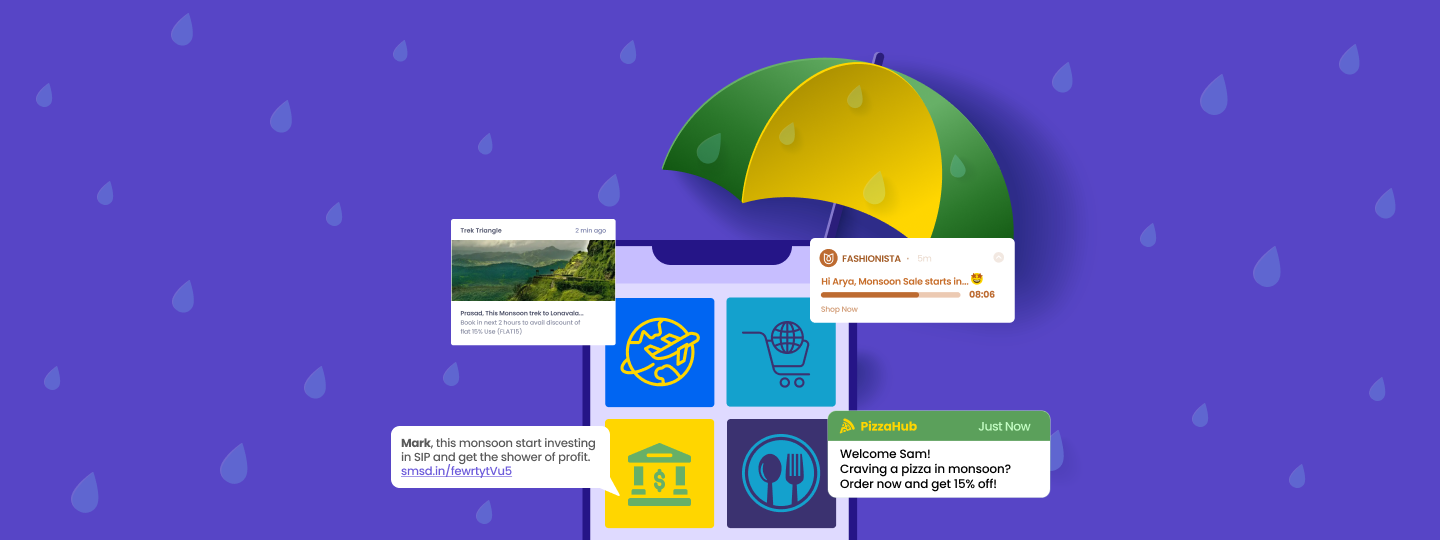

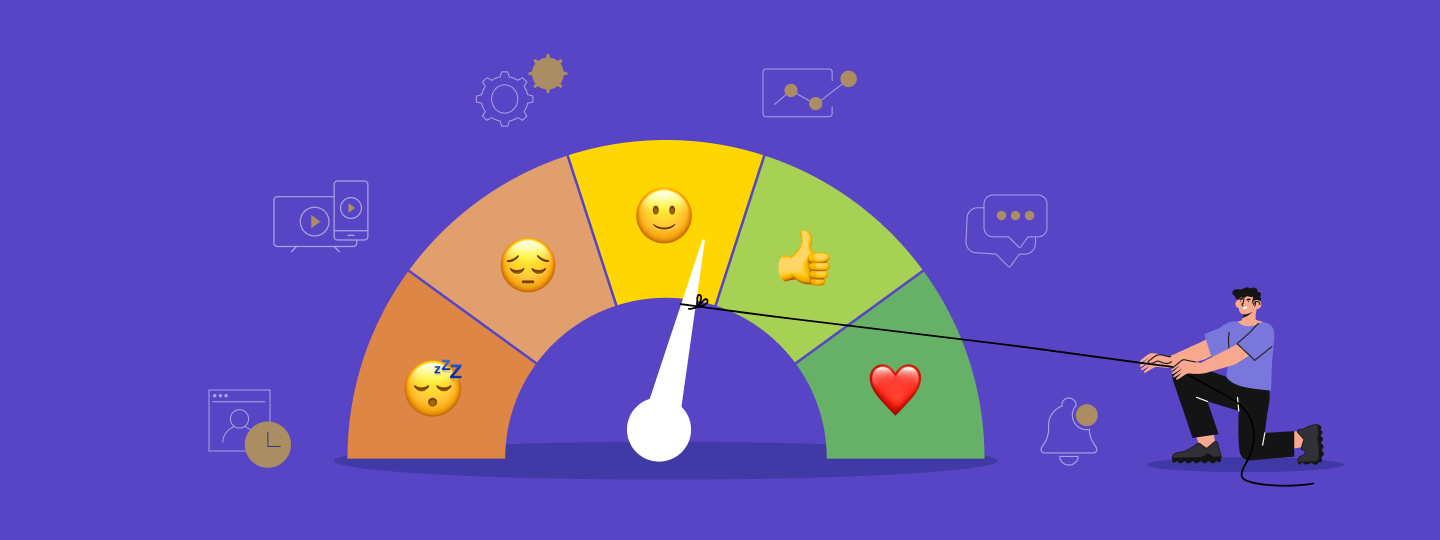
 Harshita Lal
Harshita Lal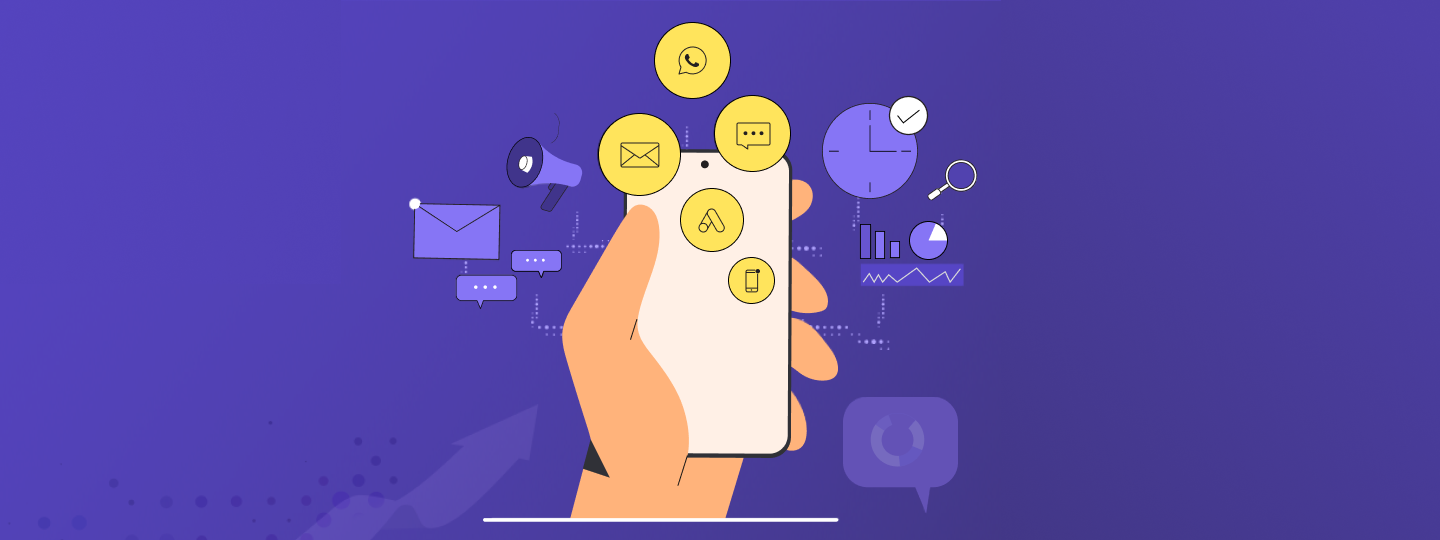
 Inioluwa Ademuwagun
Inioluwa Ademuwagun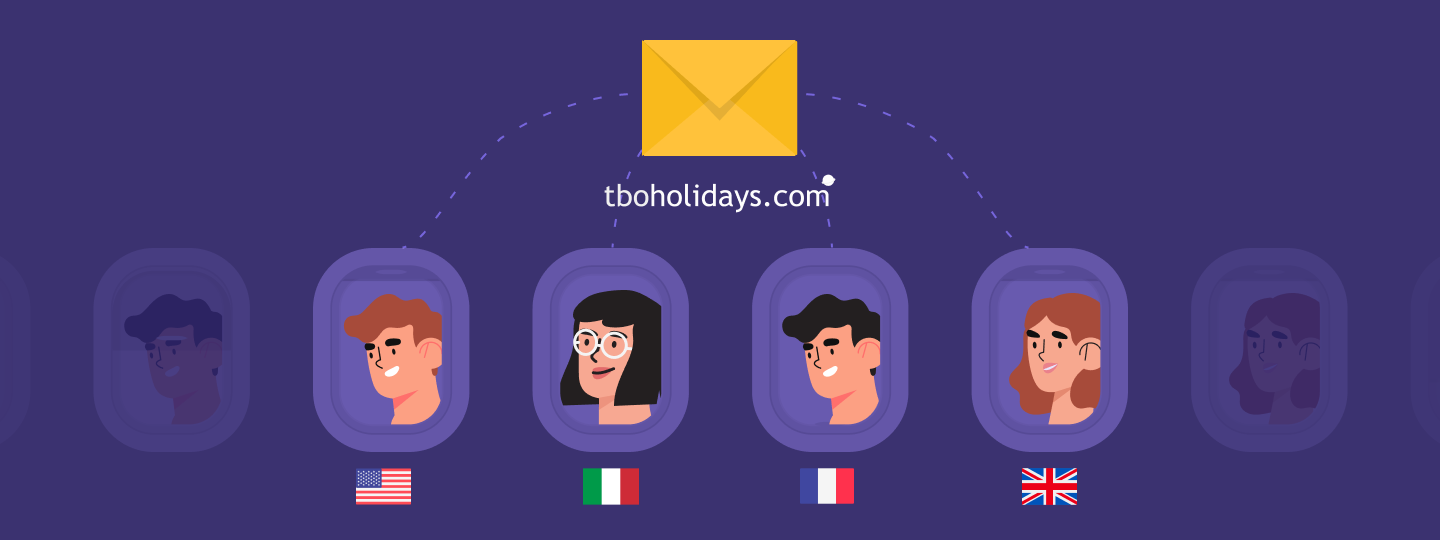
 Dev Iyer
Dev Iyer